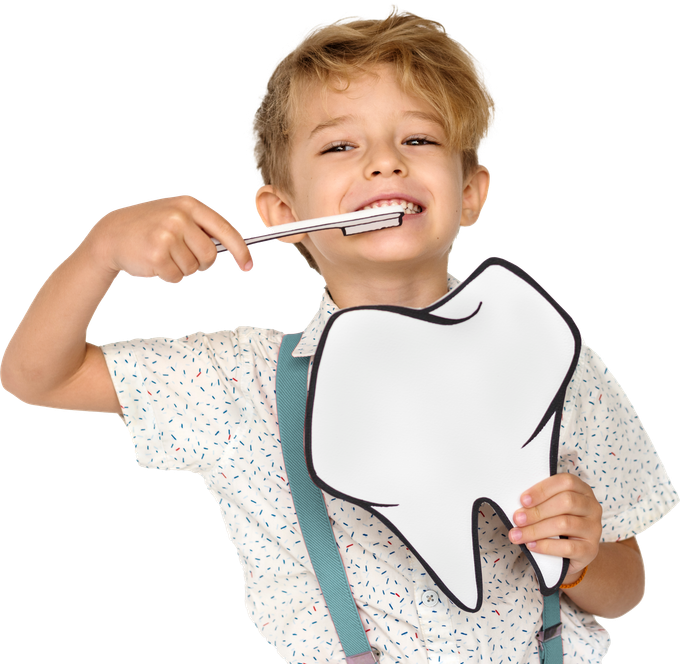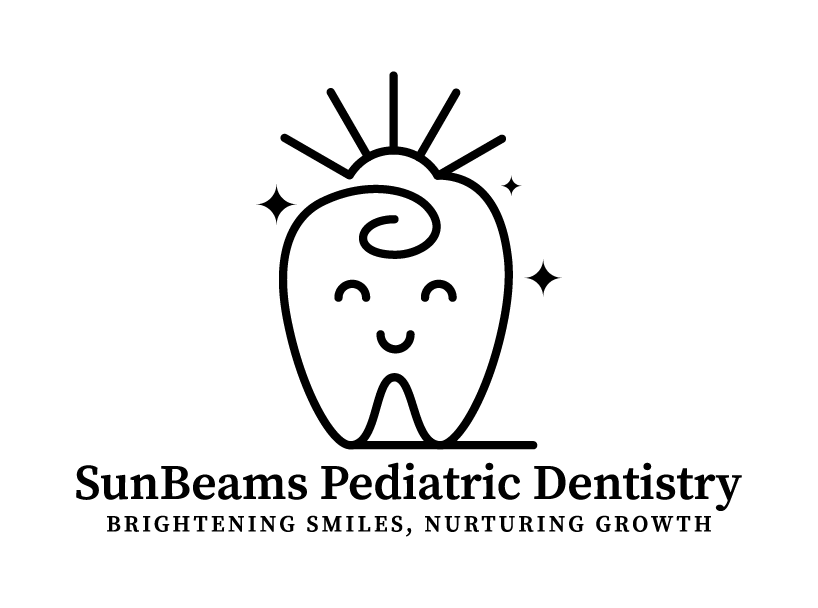Where Little Smiles Shine Brighter!
Gentle, fun, and stress-free dental care designed just for kids. Because every little smile deserves the best!


Caring for Every Little Smile
At Sunbeams Pediatric Dentistry, we make dental visits a fun and positive experience!
Our kid-friendly approach ensures gentle care tailored to growing smiles.

Child-Centered Care
We provide gentle, personalized care that makes every visit positive and fun.

Fun & Friendly Office
Care you can feel good about! Our office is designed to keep your child safe, comfortable, and at ease.

Excellence in Dentistry
Quality care you can trust! We deliver top-notch pediatric dentistry with a focus on healthy, happy smiles.
Child-Centered Care
We provide gentle, personalized care that makes every visit positive and fun.
Fun & Friendly Office
Care you can feel good about! Our office is designed to keep your child safe, comfortable, and at ease.

Child-Centered Care
We provide gentle, personalized care that makes every visit positive and fun.
Fun & Friendly Office
Care you can feel good about! Our office is designed to keep your child safe, comfortable, and at ease.
Excellence in Dentistry
Quality care you can trust! We deliver top-notch pediatric dentistry with a focus on healthy, happy smiles.

Dr. Mimi Nguyen
Mimi Nguyen is an Orlando native since her family immigrated to Florida when she was three years old. After graduating from the University of Florida with her bachelor's degree in Psychology, she went on to get her Master's in Medical Science at the University of South Florida.
She continued her Florida collegiate adventures at the University of Central Florida earning a bachelor's in Health Science. After her stop in Orlando, she returned to Gainesville to attend dental school at the UF College of Dentistry, as well as completing her post doctoral-residency in pediatrics. She is a proud TRIPLE GATOR and Board Certified Pediatric Dentist.
Come Say Hello – We’re Just a Smile Away!
Find us easily and get in touch—we're here to make your visit smooth, friendly, and stress-free!
Now Accepting New Patients!
Fun, gentle dental care your kids will love! Let’s make every visit a happy adventure.




